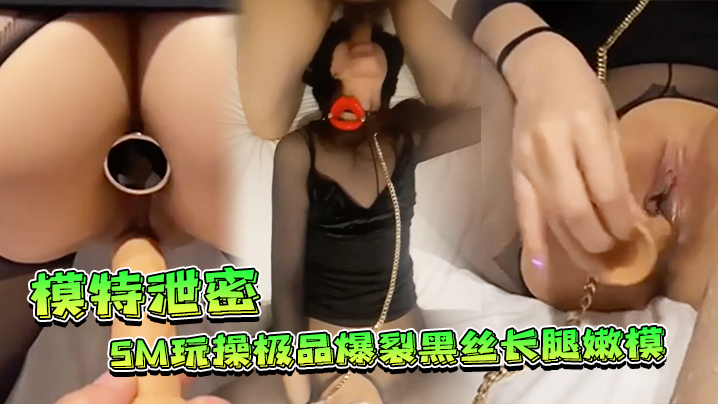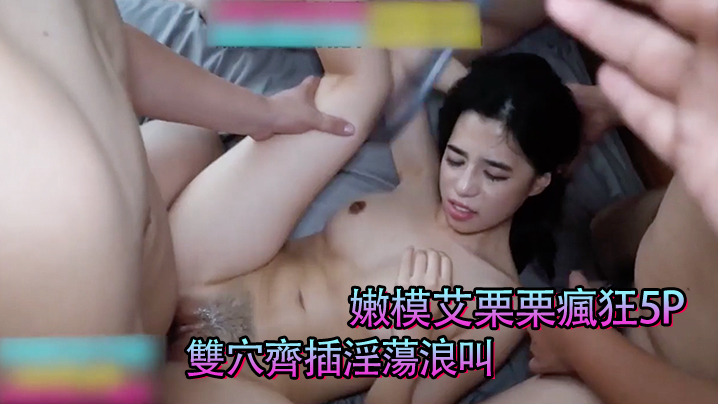桃色-AV
猜你喜欢
 今日播放:105次
今日播放:105次
再看日本中文字幕在线观看 - 超清BD在线观看
最新视频 - 2025-01-03
 今日播放:573次
今日播放:573次
高清日韩国产无码一区二区 - 高清日韩电影在线
最新视频 - 2024-12-11
 今日播放:678次
今日播放:678次
大尺度视频网站免费的 - BD英语日韩免费观看
最新视频 - 2024-12-11
 今日播放:291次
今日播放:291次
x性欧美f - 剧情片高清完整版播放
最新视频 - 2024-12-11
 今日播放:717次
今日播放:717次
久久婷婷五月综合色国产免费观看 - 高清神马影院在线
最新视频 - 2024-12-11
 今日播放:207次
今日播放:207次
大片短视频只需简单几步就能制作大片级的短视频 - 4k手机在线看
最新视频 - 2024-12-06
 今日播放:616次
今日播放:616次
亚洲欧洲 - HD免费观看电视剧
最新视频 - 2024-12-11
 今日播放:176次
今日播放:176次
日韩在线播放专区 - 1080P在线视频观看
最新视频 - 2024-12-11
 今日播放:256次
今日播放:256次
中文国产成人精品久久下载 - 剧情片高清完整版
最新视频 - 2024-12-17
 今日播放:0次
今日播放:0次
69国产精品 - HD高清视频播放
最新视频 - 2025-03-05
 今日播放:734次
今日播放:734次
丝袜精品人妻自慰喷白浆一区 - BD超清免费观看
最新视频 - 2024-12-11
 今日播放:311次
今日播放:311次
国产成人精品免费久久久久 - BD国语电影免费在线
最新视频 - 2025-03-21
 今日播放:510次
今日播放:510次
伊人久久大香线蕉av影院 - BD天堂在线
最新视频 - 2024-12-11
 今日播放:0次
今日播放:0次
国产又色又爽又黄刺激在线视频 - BD最新电影在线观看
最新视频 - 2025-03-05
 今日播放:820次
今日播放:820次
精品成人a人无码亚洲成a无码 - BD高清在线观看
最新视频 - 2024-12-06
 今日播放:999次
今日播放:999次
亚洲无码av高清毛片在线看 - 1080P日韩免费观看
最新视频 - 2024-12-11
 今日播放:114次
今日播放:114次
国产黄色视频排行榜在线播放 - 高清神马影院手机在线
最新视频 - 2024-12-11
 今日播放:801次
今日播放:801次
cameltoemovies中国 - BD英语手机在线看
最新视频 - 2024-12-11
 今日播放:938次
今日播放:938次
国产精品人妻一区二区三区四 - 国产剧高清免费观看
最新视频 - 2024-12-06
 今日播放:95次
今日播放:95次
亚洲成av人片在线观看无码 - 国产剧HD在线观看
最新视频 - 2024-12-11
 今日播放:919次
今日播放:919次
久久精品噜噜噜成人av - 超清神马影院手机在线
最新视频 - 2024-12-06
 今日播放:819次
今日播放:819次
日韩精品 - 高清免费观看视频
最新视频 - 2025-03-17
 今日播放:875次
今日播放:875次
日韩精品亚洲专区在线影视 - DVD全集免费观看
最新视频 - 2025-02-02
 今日播放:836次
今日播放:836次
日韩手机在线免费视频 - 超清电影完整版在线观看
最新视频 - 2024-12-06